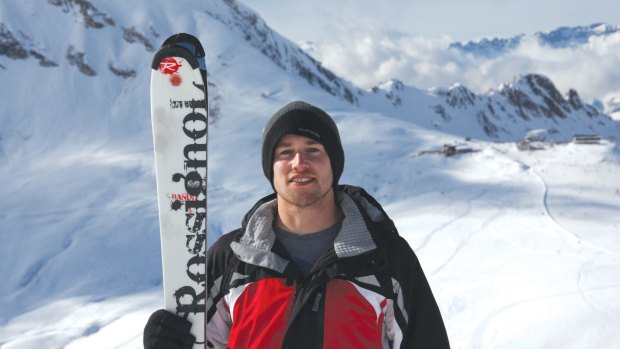This was published 4 years ago
Expert travel tips: How to take great travel videos
By Belinda Jackson

Olly Pemberton is an award-winning videographer and filmmaker
Olly Pemberton is an award-winning videographer and filmmaker with adventure travel company Exodus Travels. His latest documentary, Ngumu, for The Exodus Travels Foundation, highlights young female porters on Mt Kilimanjaro and the challenges and advancements of women on the mountain. This sustainable tourism initiative ensures local communities benefit from tourism in their regions. See exodustravels.com/au
STEP ONE
Prepare for the environment and research your location. Talk to local guides for the best filming spot and be patient. If you need to sit and wait, make sure you've got food, water and sunscreen with you. Drones add a huge amount to travel videos, but do your research first on the location's rules, and take the local guides' advice before you use them. You can get permits for most destinations, but it costs. Whatever gear you've got, everything needs to be waterproof. I use an F-stop camera backpack to keep my kit organised, fstopgear.com
STEP TWO
Be ready for the long shot: you might be zoomed in for the wildlife action happening in the distance, then suddenly it all charges close up to your safari transport. For wildlife videos, I usually have a 100-400mm lens on one camera, and my favourite wide-angle lens, a 16-35mm, on another. If you don't have two cameras, you could have a camera and your cameraphone ready. You can overdo it on the gear – keep the kit simple.
STEP THREE
A gimbal is a pivotal support for video cameras. It takes all the weight of the camera in one hand, so it requires a bit of practice, but gimbals up the quality of your video tenfold. If you're on safari, little bean bags are a low-tech option that let you lean on the edge of jeeps, but you can't pan with them. If you're using a tripod, get one with a fluid head: a Manfrotto is a good choice, and weight it down if you're in a busy place, such as a Roman piazza. I usually tie my rucksack to the tripod's legs for stability, manfrotto.com
STEP FOUR
Go low and slow. The ideal Instagram video is between 30 and 60 seconds, so look for different angles, don't just go eye level. Don't be afraid to get on the floor, or blur the background with a shallow depth of field. And if you can, mix a variety of techniques: my top five would be time lapse, drone, telephoto, wide-angle and shallow focus.
STEP FIVE
Research the geographic location – for example, check #grandcanyon to see the classic frame, and be prepared to work to get it. Then share the story of how you got the shot. I've been up at 4am, running with all my kit to get sunrise at Angkor Wat, and by 5am, had a thousand people behind me, all trying to get my position. I want to hear that story #sweaty #mosquitoes
Sign up for the Traveller newsletter
The latest travel news, tips and inspiration delivered to your inbox. Sign up now.